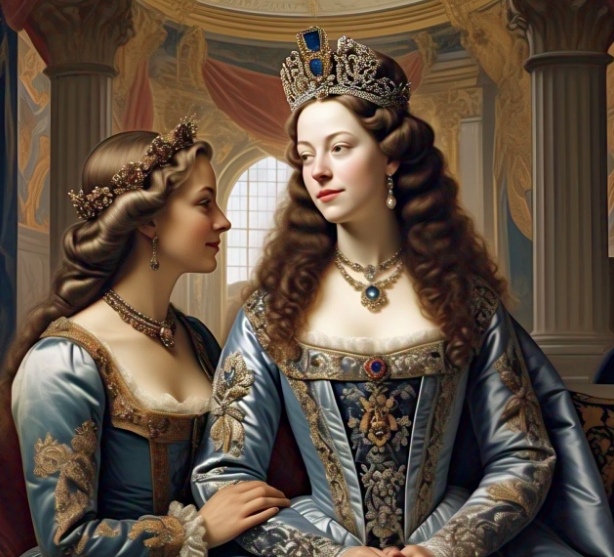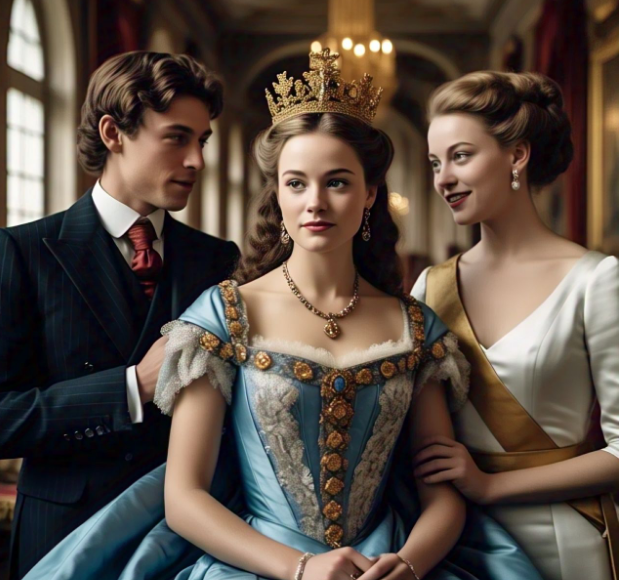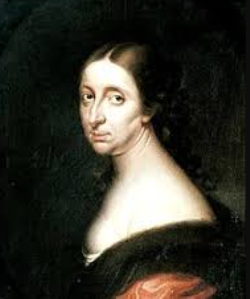Did a 17th-century queen secretly keep a rotating ‘harem’ of lovers? Did she refuse to marry so she could live life on her own terms without answering to a king? And just how many of these whispered affairs were real?
Queen Christina of Sweden (1626–1689) remains one of history’s most enigmatic monarchs, renowned for her unconventional lifestyle and defiance of societal norms. Ascending to the throne at the tender age of six after the death of her father, King Gustav II Adolf, Christina was educated as a prince, immersing herself in classical philosophy, military strategy, and politics.
Romance with Ebba and marriage

Christina’s aversion to marriage was a defining aspect of her reign. She believed that the nation and the army required a male leader, and she expressed that the burden of ruling made her unwell. This reluctance to wed fuelled speculation about her personal relationships.
On 26 February 1649, Christina announced that she had decided not to marry and instead wanted her first cousin Charles Gustav to be heir to the throne.
Notably, she shared a close bond with her lady-in-waiting, Countess Ebba Sparre, to whom she penned passionate letters, leading to rumours of a romantic involvement.
Men too

Christina’s interactions with men were equally unconventional. She formed a deep friendship with Cardinal Decio Azzolino, a relationship that sparked rumours of a romantic liaison. Additionally, she was known to have arranged the marriage of her cousin Maria Euphrosyne to Count Magnus Gabriel De la Gardie, a man whom both women were believed to admire, suggesting complex interpersonal dynamics at her court.
Her preference for men’s attire further challenged contemporary gender norms. Christina often donned masculine clothing, including trousers, boots, and sometimes a sword, especially after abdicating the throne and leaving Sweden. This choice, coupled with her assertive demeanour, led observers to describe her as walking, sitting, and even swearing like a man.
Did her Harem exist?

While tales of Christina maintaining a “harem” of male lovers circulate, concrete evidence remains scarce. Historical accounts suggest she had close relationships with both men and women, but the nature of these relationships is subject to interpretation. Her own writings and the observations of contemporaries reflect a complex individual who defied the gender and sexual norms of her time.
PNN






































